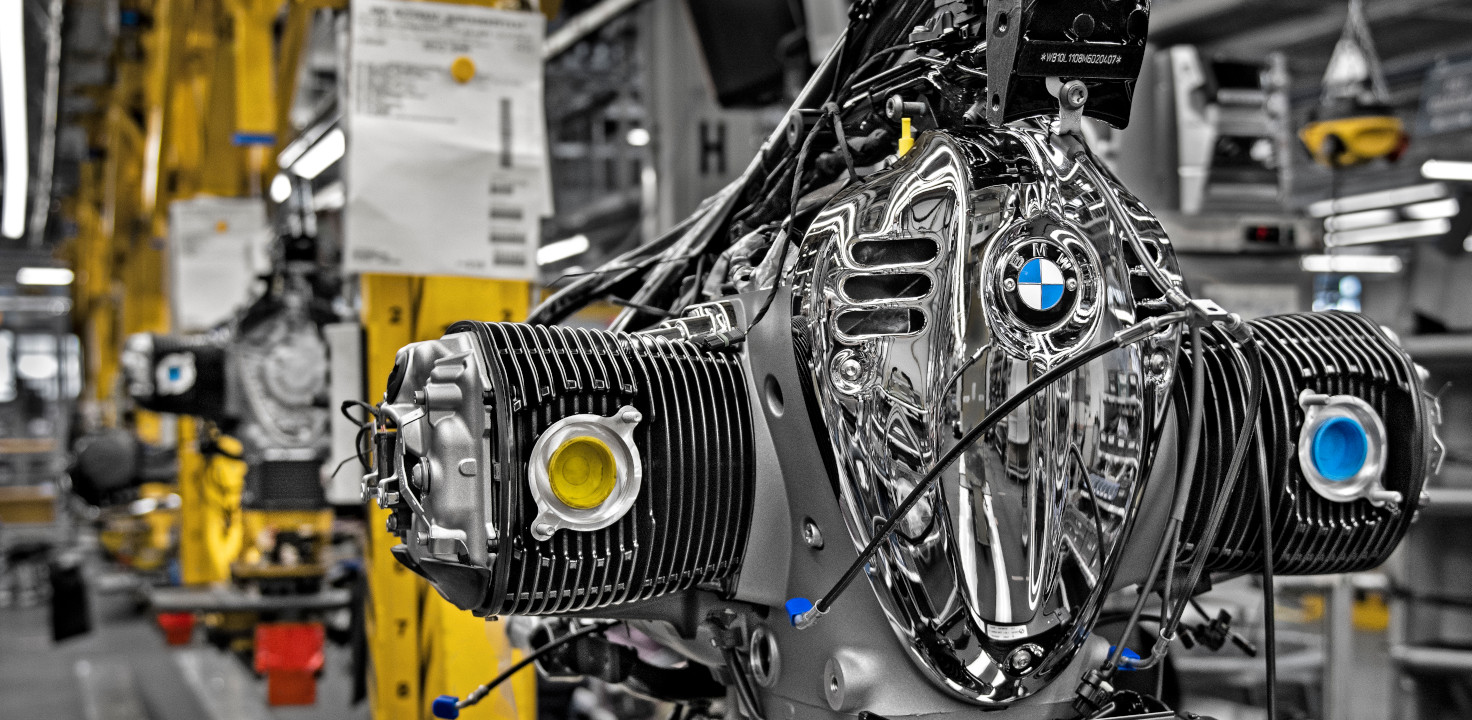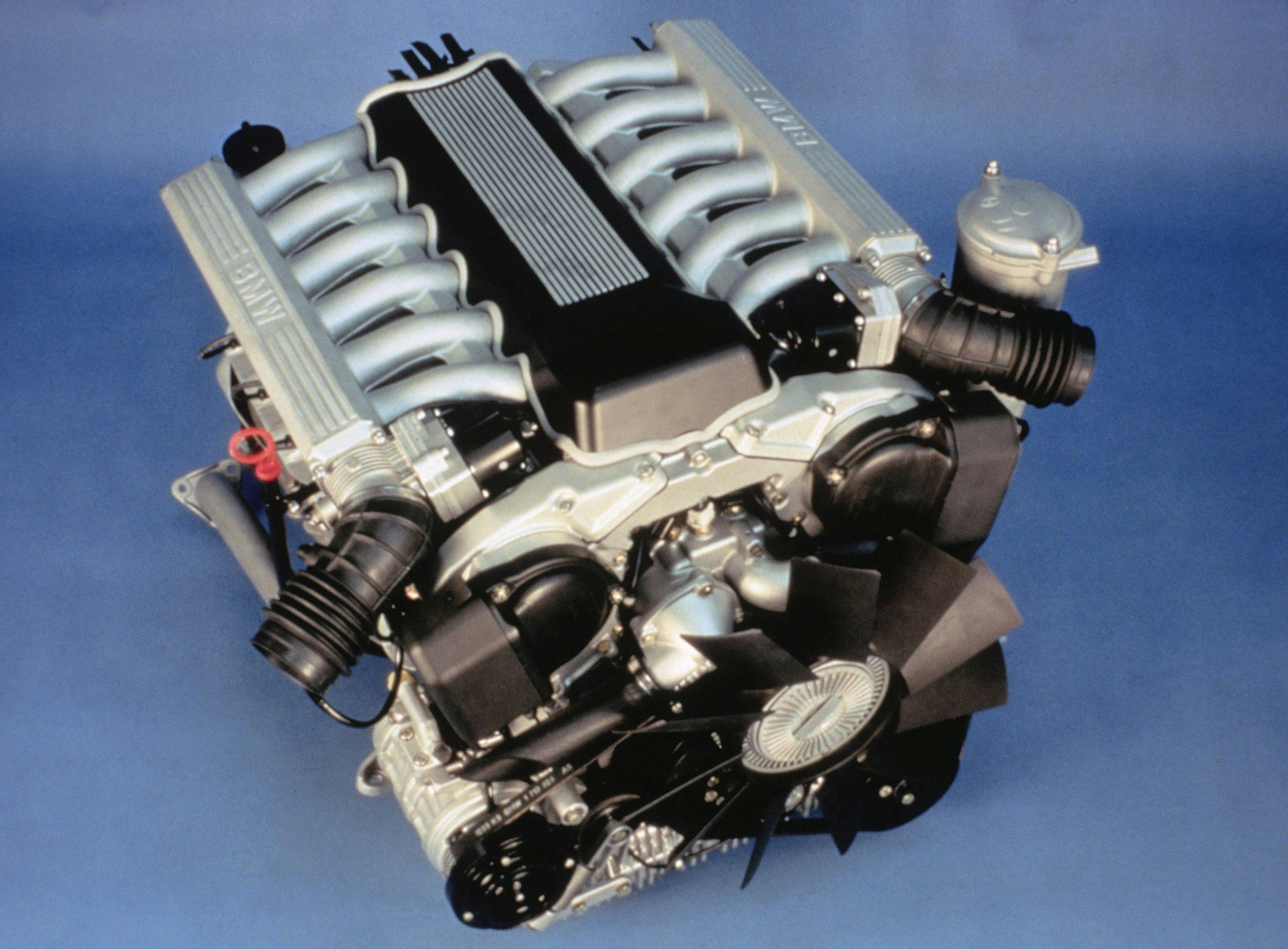Typical Issues Encountered by BMW Engine Owners and Exactly How to Resolve Them
Typical Issues Encountered by BMW Engine Owners and Exactly How to Resolve Them
Blog Article
Checking Out the Development of Combustion Engines in Modern Transport Solutions
As we navigate the landscape of modern-day transport, the advancement of combustion engines stands as a testimony to human ingenuity and engineering prowess. From their simple beginnings to the advanced giants pushing lorries today, combustion engines have actually undertaken an exceptional trip of development and adaptation. Understanding the intricacies of this development not only clarifies the past yet likewise leads the way for picturing what lies in advance in the world of transport innovation. The interplay of history, modern technology, and ecological concerns fit the trajectory of combustion engines develops a narrative that is both insightful and engaging.
Very Early Beginnings of Combustion Engines
Exactly how did the concept of burning engines first arise in the very early stages of transport development? The origins of burning engines can be traced back to the 17th century when the principles of interior combustion were very first discovered.
The advancement minute included the innovation of the first successful gasoline-powered engine by Karl Benz in 1885 - bmw engine. This engine led the way for the growth of the contemporary car, transforming transport systems worldwide. Subsequent developments by Nikolaus Otto and Gottlieb Daimler better improved combustion engine innovation, causing the mass manufacturing of automobiles and the quick expansion of the transportation sector
These very early burning engines were characterized by their simplicity and efficiency, laying the foundation for the complex and powerful engines used in modern transportation systems. The advancement of combustion engines has contributed fit the method we take a trip and deliver products, marking a substantial milestone in the history of transport advancement.
Change to Internal Burning Technology
The change to internal burning modern technology marked a crucial change in the advancement of transport systems. This change began in the late 19th century, with developers like Nikolaus Otto and Gottlieb Daimler creating the very first effective internal combustion engines. These engines transformed transport by offering a more efficient and powerful option to steam engines and electrical motors.
One of the crucial advantages of inner combustion engines was their capacity to be reduced to match cars, causing the growth of cars and motorcycles. This shift from large, fixed engines to small, mobile ones led the method for the modern-day transport systems we see today.
The transition to interior burning innovation also stimulated developments in gas innovation, leading to the advancement of gas and diesel as key fuel resources for lorries. This shift not just made transportation a lot more accessible to the masses but also laid the foundation for the oil and gas sector to come to be essential to worldwide economic climates.
Influence of Combustion Engines on Transportation
The fostering of combustion engines in transportation systems militarized an extensive change in the effectiveness and rate of worldwide movement. Burning engines transformed transport by supplying a trusted and functional source of power for different vehicles, including automobiles, trucks, aircrafts, and ships. This development dramatically enhanced the ability for individuals and goods to conform lengthy ranges in much shorter time frameworks, bring about increased connectivity in between areas and countries.
Furthermore, the extensive use of burning engines has had a substantial effect on economic development. The capacity to carry products successfully has stimulated trade and business, allowing companies to increase their markets and get to customers worldwide. This has promoted financial development and globalization, as products can currently be transferred quicker and in larger amounts than ever before.
Nonetheless, the ecological influence of burning engines can not be forgotten. The combustion of nonrenewable fuel sources has actually brought about air contamination and greenhouse gas emissions, adding to environment change and presenting wellness risks to populations. bmw engine. Consequently, there is an expanding focus on developing alternative propulsion modern technologies to mitigate these negative impacts and develop a more sustainable future for transport
Developments in Combustion Engine Layout
Numerous advancements in burning engine design have propelled the development of transport systems over the decades. One notable development is the growth of turbocharged engines, which use exhaust gases to drive a wind turbine that compresses inbound air, allowing for even more fuel to be burned, resulting in enhanced power output without a look here significant increase in engine dimension. Furthermore, straight shot technology has improved gas effectiveness and efficiency by specifically controlling the amount and timing of gas injected into the combustion chamber. Variable shutoff timing systems have likewise transformed engine layout by enhancing airflow at different engine rates, enhancing both power and performance. Another significant innovation is the assimilation of lightweight products such as carbon fiber and light weight aluminum alloys, decreasing overall engine weight and boosting vehicle gas economic climate. Advancements in computer-aided style have actually allowed designers to maximize engine efficiency and performance via simulations prior to physical models are constructed, conserving time and sources in the advancement procedure. These advancements jointly add to the constant enhancement of combustion engines in modern transportation systems.
Future Trends in Burning Engine Advancement
With technology innovations driving constant advancement, the future of combustion engine advancement is poised to transform transportation systems internationally. Among the essential trends in combustion engine advancement is the push in the direction of better performance and reduced exhausts. Makers are investing greatly in research study and growth to improve engine performance while my site satisfying rigid environmental regulations. This includes the combination of innovative fuel injection systems, enhanced turbocharging techniques, and using lightweight products to optimize gas consumption and minimize carbon exhausts.
One more popular trend is the adoption of crossbreed technologies in burning engines. Hybrid engines combine conventional burning modern technology with electrical power, providing boosted fuel performance and lower emissions. As the vehicle sector changes towards electrification, crossbreed combustion engines are seen as a transitional option that connects the void in between traditional lorries and totally electrical ones.
In addition, the combination of smart innovations, such as expert system and data analytics, is anticipated to play a considerable duty in the future of combustion engine growth. These innovations can maximize engine efficiency in real-time, leading to more reliable combustion procedures and boosted total vehicle efficiency. Welcoming these future fads will certainly not only drive innovation in burning engine advancement however additionally add to an extra ecologically pleasant and lasting transport ecosystem.

Final Thought
Finally, the advancement of check this burning engines in modern transport systems has been noted by considerable developments in technology and style. From the very early beginnings of burning engines to the change to inner burning innovation, these engines have had an extensive influence on transport. Innovations in burning engine layout remain to drive progression in this area, with future trends concentrating on further improving performance and reducing discharges. The future of combustion engines in transport looks encouraging as research and development efforts proceed to press limits.
The origins of combustion engines can be mapped back to the 17th century when the concepts of interior burning were first discovered. These engines changed transportation by offering a much more powerful and efficient alternative to vapor engines and electric motors.

Report this page